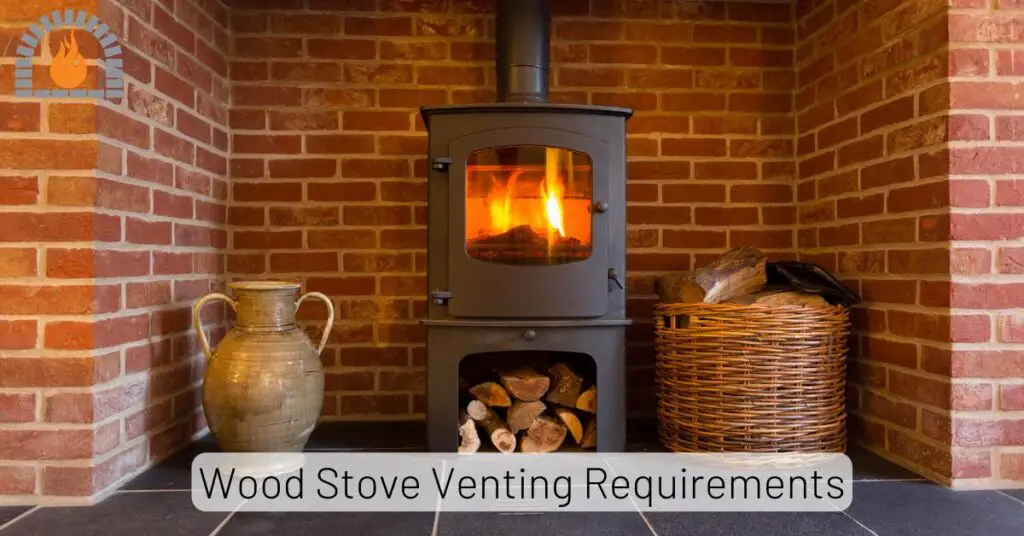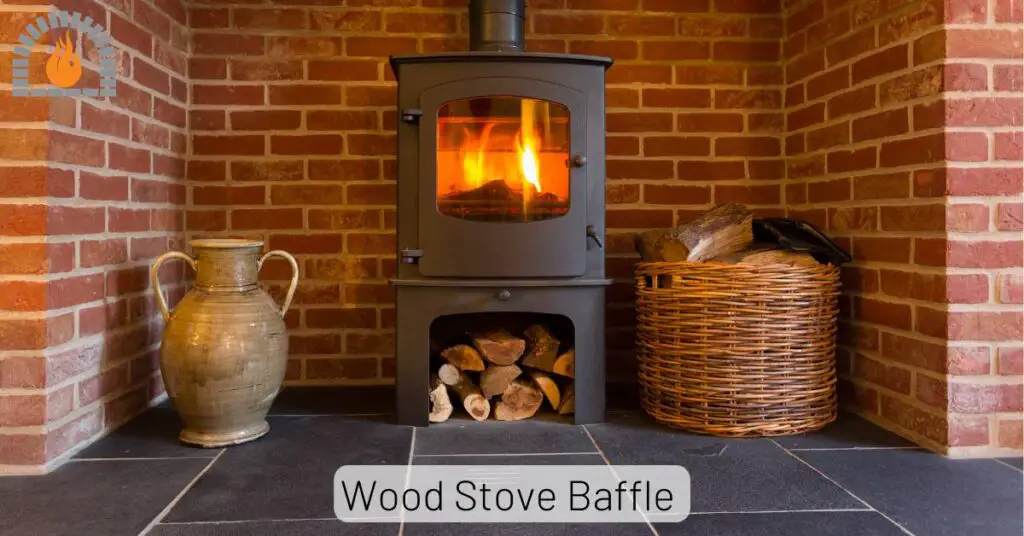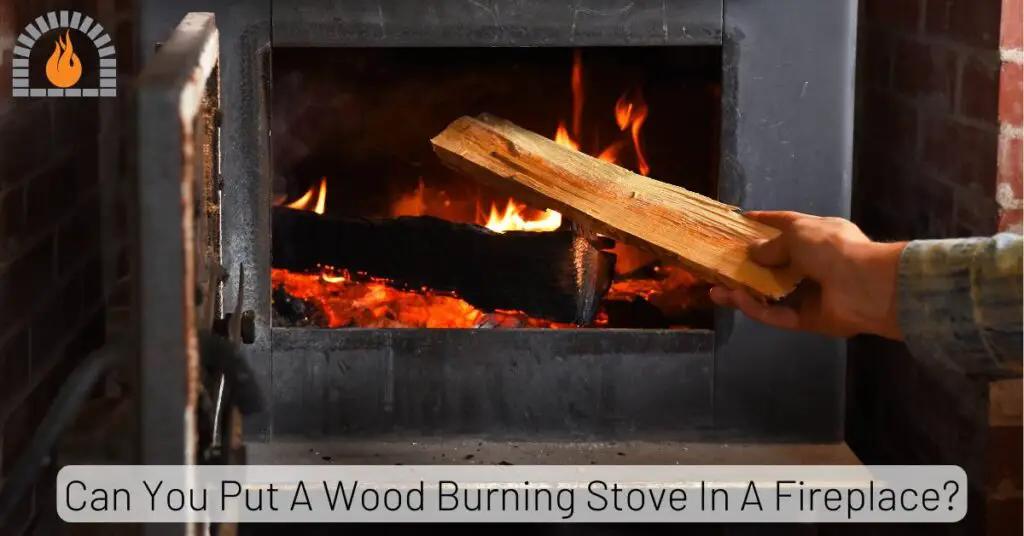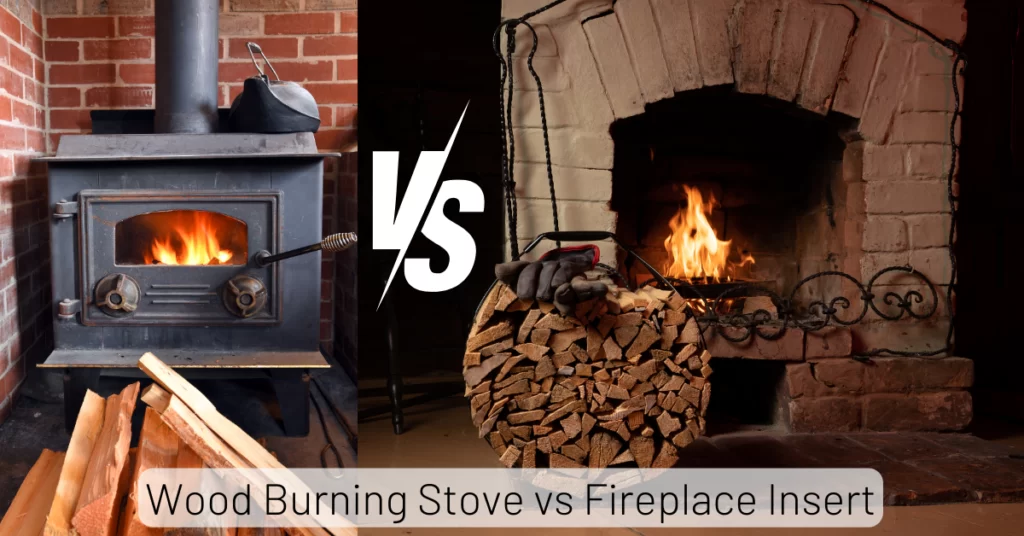When it comes to heating your home efficiently with wood, the choice between a catalytic vs non-catalytic wood stove is one of the most important decisions you’ll make.
Catalytic wood stoves use a ceramic catalyst to combust smoke and gases at lower temperatures, resulting in longer burn times and higher efficiency, while non-catalytic models rely on insulation, baffle systems, and pre-heated air to achieve clean burns. This comprehensive guide will walk you through every aspect of both technologies, helping you make an informed decision based on your heating needs, budget, maintenance preferences, and environmental concerns.
Key Takeaways
- Catalytic wood stoves offer longer burn times and higher efficiency but require more maintenance and careful operation
- Non-catalytic wood stoves are simpler to use and maintain, with lower upfront costs but slightly lower efficiency
- Both types must meet EPA emissions standards, though catalytic models typically produce fewer emissions
- Your choice should depend on heating needs, budget, willingness to perform maintenance, and local regulations
- Proper installation and operation are crucial for safety and efficiency regardless of stove type.
Catalytic vs Non-Catalytic Wood Stoves
| Feature | Catalytic Wood Stoves | Non-Catalytic Wood Stoves |
|---|---|---|
| Efficiency | 70-85% | 70-80% |
| Burn Time | 8-12+ hours | 6-8 hours |
| Emissions | 1-4 grams/hour | 2-6 grams/hour |
| Operating Temperature | Lower (500-700°F) | Higher (1000-1100°F) |
| Maintenance | Higher (catalyst replacement every 3-6 years) | Lower (mainly cleaning) |
| Initial Cost | Higher ($1,500-$4,000) | Lower ($1,000-$3,500) |
| Operation Complexity | More complex (requires monitoring) | Simpler (more “set and forget”) |
| Best For | Long, steady heat output; those willing to perform maintenance | Intermittent heating; those seeking simpler operation |
How Catalytic Wood Stoves Work
A catalytic wood stove incorporates a sophisticated catalyst similar to those found in automobiles. This honeycomb-shaped ceramic component is coated with precious metals like palladium and platinum that enable chemical reactions at lower temperatures.
Here’s the process:
- Primary Combustion: Wood burns in the firebox, creating smoke and gases.
- Catalyst Engagement: When temperatures reach approximately 500-600°F (260-315°C), the operator engages the catalyst by closing a bypass damper.
- Secondary Combustion: The catalyst ignites the smoke and gases (which would otherwise go up the chimney) at temperatures around 700°F (370°C), converting them into additional heat and water vapor.
- Extended Burn Time: This secondary combustion allows the stove to extract more heat from the same amount of wood, resulting in longer burn times—often 8-12 hours or more on a single load of wood.
The catalyst essentially allows the stove to burn the smoke it produces, dramatically increasing efficiency and reducing emissions.
How Non-Catalytic Wood Stoves Work
Non-catalytic wood stoves achieve clean burns through clever engineering rather than a catalyst. They rely on several design elements to reburn smoke and gases:
- Insulated Firebox: Retains higher temperatures for more complete combustion.
- Baffle System: A series of plates at the top of the firebox forces smoke and gases to travel a longer, hotter path.
- Pre-heated Combustion Air: Ducts bring air into the stove, heating it before introducing it into the firebox.
- Secondary Combustion Chamber: An area above the main fire where gases and smoke mix with pre-heated air and ignite.
This combination of features allows non-catalytic stoves to achieve secondary combustion without a catalyst, though typically at higher temperatures than catalytic models (around 1000-1100°F or 540-600°C).
Pros and Cons of Catalytic Wood Stoves
Advantages
- Longer Burn Times: The ability to maintain a consistent heat output for 8-12 hours or more means less frequent loading, especially convenient for overnight heating.
- Higher Efficiency: More heat from less wood translates to cost savings and reduced environmental impact.
- Lower Emissions: Better for air quality and compliance with local regulations.
- Steady Heat Output: Once engaged, the catalyst provides consistent temperatures for extended periods.
Disadvantages
- Higher Initial Cost: Catalytic technology adds to the purchase price.
- More Complex Operation: Requires understanding when to engage and disengage the catalyst.
- Increased Maintenance: The catalyst needs regular inspection and typically replacement every 3-6 years.
- Sensitivity to Fuel Quality: Burning improper materials (treated wood, trash, etc.) can damage the expensive catalyst.
- Potential for Catalyst Failure: If the stove is operated incorrectly or the catalyst is damaged, performance suffers significantly.
Pros and Cons of Non-Catalytic Wood Stoves
Advantages
- Lower Initial Cost: Simpler technology means a more affordable purchase price.
- Easier Operation: No catalyst to engage or monitor makes them more user-friendly.
- Less Maintenance: No catalyst to replace means lower long-term maintenance costs.
- Durability: Fewer complex components that can fail over time.
- Fuel Flexibility: Generally more tolerant of varying wood quality and occasional burning of less ideal materials (though still not recommended).
Disadvantages
- Shorter Burn Times: Typically need reloading every 6-8 hours.
- Slightly Lower Efficiency: May require more wood to produce the same amount of heat.
- Higher Emissions: Though still EPA-certified, they generally produce slightly more particulates than catalytic models.
- Less Consistent Heat Output: Temperature tends to fluctuate more throughout the burn cycle.
Environmental Impact
Both catalytic and non-catalytic wood stoves represent significant improvements over older, uncertified models in terms of environmental impact. However, there are differences to consider:
Catalytic wood stoves generally produce fewer emissions, making them the more environmentally friendly option. This is particularly important in areas with air quality concerns or strict regulations. The catalyst allows these stoves to burn more completely, converting harmful particulates and gases into additional heat and water vapor.
Non-catalytic stoves still meet EPA emissions standards (currently 2.0 grams per hour for non-catalytic stoves) but typically operate at the higher end of the allowed range compared to catalytic models.
It’s worth noting that proper operation is crucial for environmental performance regardless of stove type. Using seasoned wood, following manufacturer instructions, and maintaining your stove properly are essential for minimizing environmental impact.
Maintenance Requirements
Catalytic Wood Stove Maintenance
- Regular Catalyst Inspection: Check the catalyst every 1-2 months during the heating season for signs of damage, plugging with ash or creosote.
- Catalyst Cleaning: Gently clean the catalyst with a soft brush or compressed air as needed.
- Catalyst Replacement: Typically required every 3-6 years depending on usage and maintenance.
- Baffle and Firebox Cleaning: Remove ash and creosote buildup regularly.
- Gasket Inspection: Check door and glass gaskets annually and replace as needed.
- Chimney Cleaning: Professional cleaning at least once per year.
Non-Catalytic Wood Stove Maintenance
- Baffle and Firebox Cleaning: Remove ash and creosote buildup regularly.
- Air Passage Cleaning: Ensure secondary air tubes and passages remain clear.
- Gasket Inspection: Check door and glass gaskets annually and replace as needed.
- Chimney Cleaning: Professional cleaning at least once per year.
The key difference is the catalyst maintenance required for catalytic stoves, which adds both complexity and cost to their upkeep.
Choosing the Right Wood Stove for Your Home
When deciding between a catalytic and non-catalytic wood stove, consider these factors:
- Heating Needs: If you need consistent heat for long periods (especially overnight), a catalytic stove might be preferable.
- Budget: Non-catalytic stoves generally have lower upfront costs.
- Maintenance Willingness: If you prefer minimal maintenance, a non-catalytic stove is simpler to maintain.
- Environmental Concerns: If minimizing emissions is a priority, catalytic stoves typically perform better.
- Local Regulations: Some areas have strict emissions standards that might favor catalytic models.
- Operating Style: If you prefer a “set and forget” approach, non-catalytic stoves are simpler to operate.
Installation and Safety Considerations
Proper installation is critical for both safety and performance, regardless of stove type:
- Professional Installation: Always have your stove installed by a certified professional.
- Clearances: Maintain proper distances to combustible materials as specified by the manufacturer.
- Chimney Requirements: Use appropriate chimney sizing and materials (typically Class A insulated chimney).
- Floor Protection: Install non-combustible floor protection extending beyond the stove.
- Carbon Monoxide Detectors: Install detectors in your home as an additional safety measure.
- Building Codes: Ensure compliance with all local building codes and regulations.
FAQs
How long does a catalytic combustor last?
A typical catalytic combustor lasts between 3-6 years with proper care and maintenance. Factors affecting lifespan include frequency of use, quality of wood burned, and adherence to operating instructions. Burning improper materials like treated wood or trash can significantly reduce catalyst life.
Can I leave a wood stove burning overnight?
Yes, both catalytic and non-catalytic wood stoves can be safely operated overnight when properly loaded and adjusted. Catalytic stoves generally provide more consistent overnight heat due to their longer burn times. Always follow the manufacturer’s instructions for overnight burning and ensure your stove is properly installed and maintained.
Are catalytic wood stoves more efficient?
Yes, catalytic wood stoves are generally more efficient than non-catalytic models, with typical efficiency ratings of 70-85% compared to 70-80% for non-catalytic stoves. This higher efficiency means catalytic stoves can produce more heat from the same amount of wood, potentially reducing fuel costs over time.
Do I need a chimney for a wood stove?
Yes, all wood stoves require a properly installed chimney that meets local building codes and manufacturer specifications. The chimney must be tall enough to provide adequate draft and extend at least 2 feet above any part of the roof within 10 feet horizontally. Using an existing fireplace chimney requires proper lining and sizing to ensure safe operation.
How often should I clean my wood stove?
For both catalytic and non-catalytic stoves, you should remove ashes regularly (when they accumulate to more than an inch) and have the chimney professionally cleaned at least once per year. Catalytic stoves require additional inspection of the catalyst every 1-2 months during the heating season to ensure it’s functioning properly.
What’s the best wood to burn in a wood stove?
The best wood for wood stoves is properly seasoned hardwood with moisture content below 20%. Good options include oak, maple, ash, birch, and fruit woods. Seasoned wood has been dried for at least 6-12 months and produces more heat with less creosote buildup. Avoid burning green (unseasoned) wood, treated wood, painted wood, or trash, as these can damage your stove and chimney and create hazardous conditions.
Affiliate Disclosure: Fireplaceadviser.com is a participant in the Amazon Services LLC Associates Program. We may earn a commission when you click on certain links on this site and purchase.

Hello!! I am Jamal Khan. I often fix my home electric heaters and gas stove problems and research the common issues in the heating units to improve my knowledge and expertise. The aim of establishing fireplaceadviser.com is to share my expertise and knowledge with my audience.
















